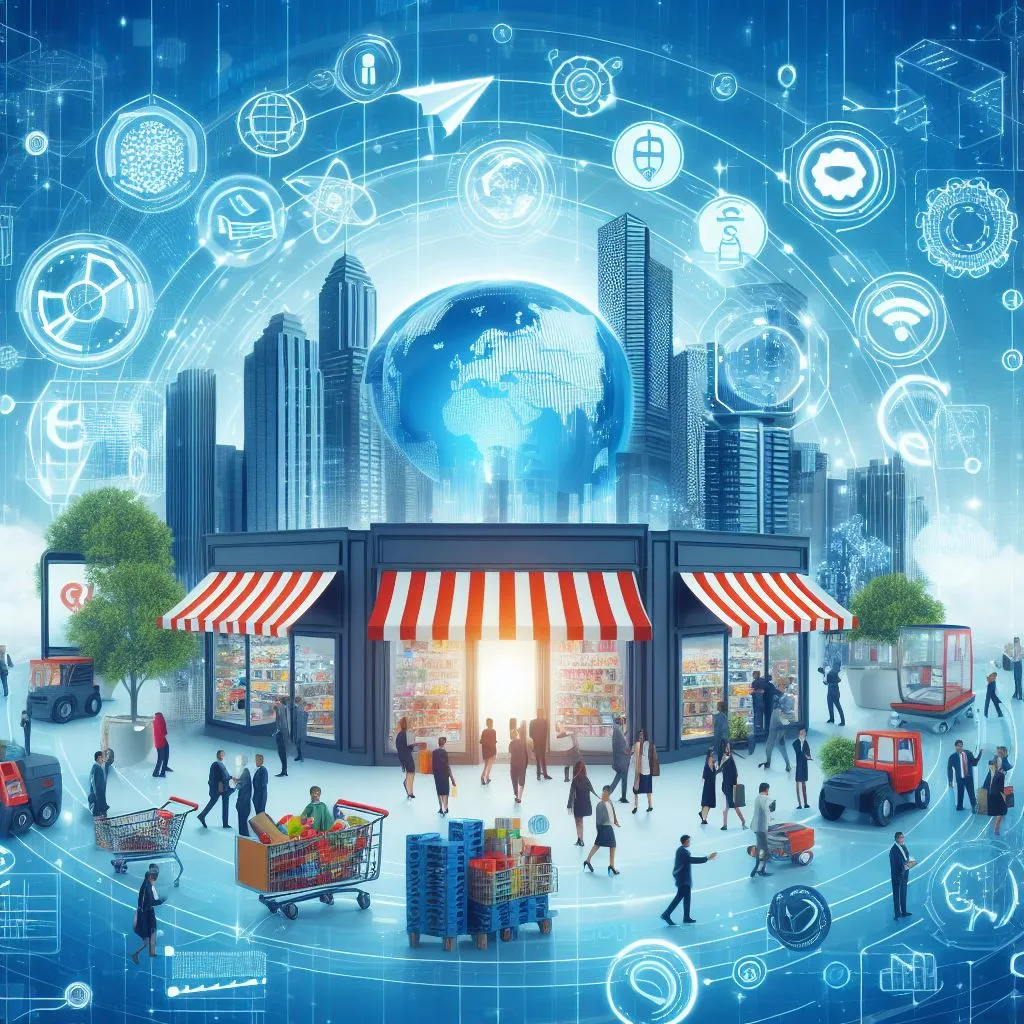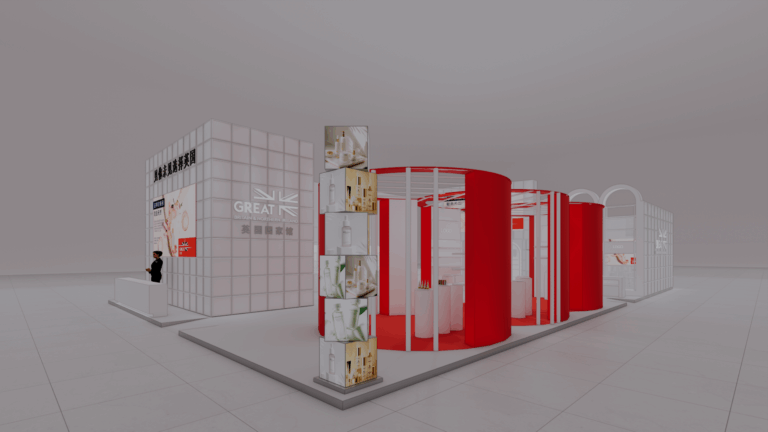The retail landscape is undergoing a transformative journey, with technology leading the way to an innovative future. In 2024, several trends are set to redefine the way shopping is done, improve customer experiences, and optimize business operations. Let’s take a look at these advanced retail technology trends, and explore what they are, how they work, and why they matter in shaping the retail landscape.

1.Algorithmic Retail – AI, ML, Smart Store, Immersive Tech:
Algorithmic retail leverages artificial intelligence (AI) and machine learning (ML) to enhance various aspects of retail. It powers smart stores, automates processes, and creates immersive shopping experiences. Why is it important? It helps retailers make data-driven decisions, optimize inventory, and personalize customer interactions.
2.Diversification of the Customer Experience (CX):
CX goes beyond just buying products. It includes pre-purchase, purchase, and post-purchase interactions. Retailers focus on seamless experiences across online and offline channels. Why is it important? Happy customers lead to repeat business and positive word-of-mouth.
3.Unified Commerce: Beyond Omnichannel:
Unified commerce integrates all channels (online, in-store, mobile) into a seamless experience. Customers can start shopping on one channel and continue on another without disruptions. Why is it important? It reduces friction, improves customer satisfaction, and boosts sales.
4.AI-based Personalization, Pricing, Marketing, Promotions, and Loyalty:
AI tailor’s recommendations, pricing, and marketing based on individual preferences. Algorithms analyzed data to create personalized offers and loyalty programs. Why is it important? Personalization drives engagement and customer loyalty.

5.Operationalizing Sustainability:
Retailers focus on eco-friendly practices, from sourcing to packaging. Sustainable supply chains, energy-efficient stores, and waste reduction.Why is it important? Consumers care about sustainability, and it’s good for the planet.
6.Composable Architecture:
Flexibility for Retail Innovation: Composable architecture allows retailers to build flexible systems using modular components. It enables quick adaptation to changing market needs. Why is it important? Retailers can innovate faster and stay competitive.
7.Financial Planning Tools:
Navigating Market Volatility: Tools that help retailers manage finances, budgets, and investments. Real-time data analysis for informed decision-making.Why is it important? Volatile markets require agility and smart financial planning.
8.Mobility Matures: Empowering Sales Associates for Enhanced Customer Service:
Equipping sales associates with mobile devices for better customer interactions. Associates access product information, inventory, and customer history on the go.Why is it important? Improved service leads to higher sales and happier customers.
As the retail landscape evolves, embracing technology is no longer a choice but a vital necessity. These technologies are infiltrating the retail industry, enhancing personalization, inventory management, and demand forecasting. Retailers need to craft a retail environment that not only embraces innovation but also reflects the essence of the brand in the digital age.




